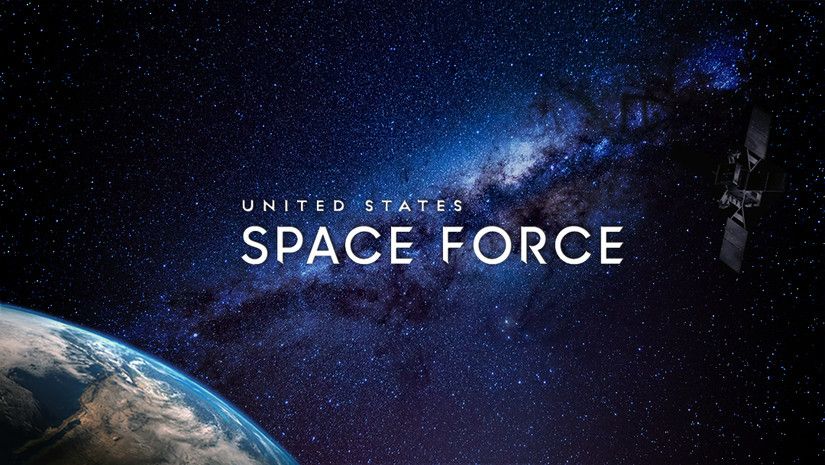Space Force Details Structure of New Service
Article by Christen McCurdy June 30, 2020 (upi.com)
• Since the military branch’s inception in December 2019, more than 16,000 military members and civilians have been assigned to the Space Force, including over 8,500 active-duty members of the Air Force who have volunteered for Space Force. Said Secretary of the Air Force Barbara Barrett, “This is the most significant restructuring of space units undertaken by the United States since the establishment of Air Force Space Command in 1982,”
• General Jay Raymond, USSF Chief of Space Operations said in a June 30th press release, “This is an historic opportunity to launch the Space Force on the right trajectory to deliver the capabilities needed to ensure freedom of movement and deter aggression in, from and to space. How we organize the Space Force will have a lasting impact on our ability to respond with speed and agility to emerging threats in support of the National Defense Strategy and Space Strategy.”
• Under the new organizational structure, Space Force will be comprised of three field commands: the Space Operations Command (aka ‘SpOC’); Space Systems Command (aka ‘SSC’); and Space Training and Readiness Command (aka ‘STARCOM’).
• Space Operations Command is the “field command” comprised of commands, deltas and squadrons. The field organization would “consolidate and align all organize, train and equip mission execution” from space-related units formerly run by the Air Force. It will be headquartered at Peterson Air Force Base, Colorado.
• Space Systems Command will be responsible for launch, developmental testing, on-orbit checkout and maintenance of USSF systems. It will also be responsible for developing and acquiring lethal space capabilities for warfighters.
• Space Training and Readiness Command will train and educate space professionals and develop combat-ready troops to address the challenges of combat in space.
• “Innovation and efficiency are driving our mission as we position the Space Force to respond with agility to protect our nation’s space capabilities and the American way of life,” said Barrett.

June 30 (UPI) — The Space Force will be comprised of three field commands, with many of the Air Force’s existing space acquisition organizations being moved into a newly created Space Systems Command, the service announced on Tuesday.

USSF officials said the field organization would “consolidate and align all organize, train and equip mission execution” from space-related units formerly run by the Air Force.
“This is an historic opportunity to launch the Space Force on the right trajectory to deliver the capabilities needed to ensure freedom of movement and deter aggression in, from and to space,” Gen. Jay Raymond, USSF chief of space operations, said in a press release. “How we organize the Space Force will have a lasting impact on our ability to respond with speed and agility to emerging threats in support of the National Defense Strategy and Space Strategy.”
The USSF field echelons will be called, in order of hierarchy, field commands, deltas and squadrons.
The service’s field commands will be called Space Operations Command, or SpOC, Space Systems Command, or SSC, and Space Training and Readiness Command, or STARCOM.
The first two field commands will be led by three-star general officers, and the third will be led by a two-star general.
FAIR USE NOTICE: This page contains copyrighted material the use of which has not been specifically authorized by the copyright owner. ExoNews.org distributes this material for the purpose of news reporting, educational research, comment and criticism, constituting Fair Use under 17 U.S.C § 107. Please contact the Editor at ExoNews with any copyright issue.


 Space intelligence is one area the military wants to expand and refine as a result of creating a new armed force focused on the cosmos. The Space Force envisions building its own core intel capabilities, separate from the Air Force, to better identify what and where objects are in space and if they threaten U.S. assets. The career field will work with the National Reconnaissance Office in new ways, encompass space-based ISR of the Earth below, and is pushing into cislunar orbit as well.
Space intelligence is one area the military wants to expand and refine as a result of creating a new armed force focused on the cosmos. The Space Force envisions building its own core intel capabilities, separate from the Air Force, to better identify what and where objects are in space and if they threaten U.S. assets. The career field will work with the National Reconnaissance Office in new ways, encompass space-based ISR of the Earth below, and is pushing into cislunar orbit as well.